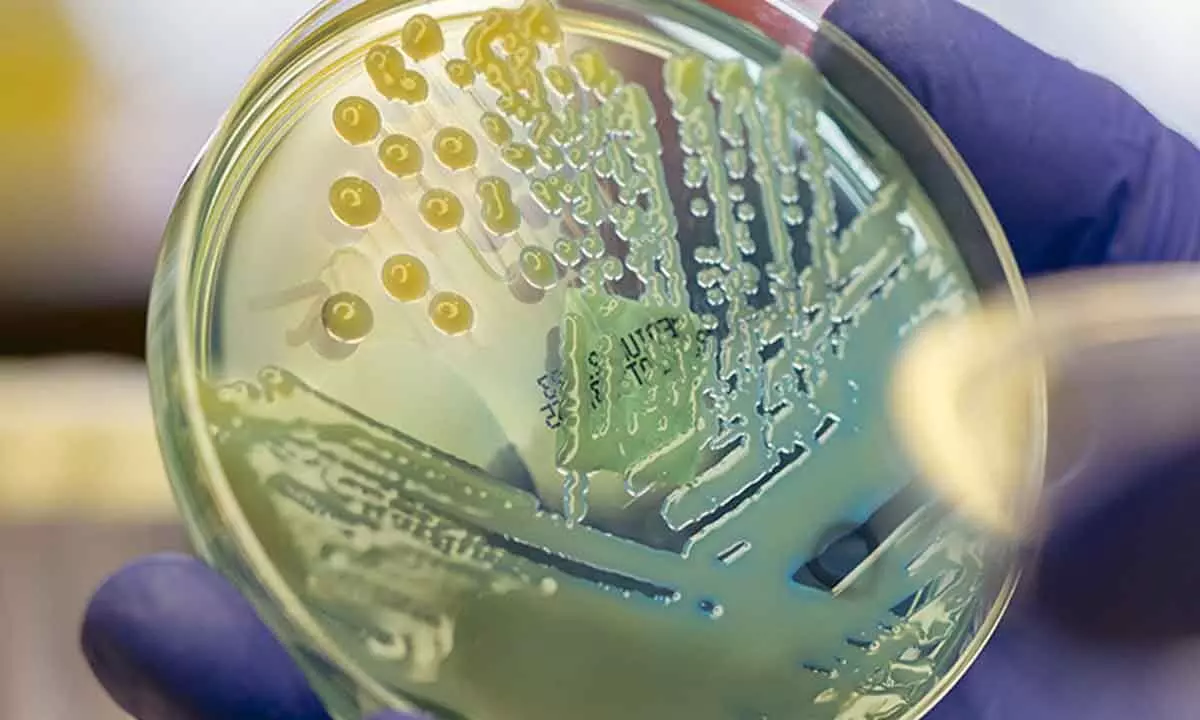Over 300 Different Types Of Drug-Resistant Bacteria Are Defeated By Recently Discovered Molecule

Gram negative colonies on an agar plate. (Rodolfo Parulan Jr./Moment/Getty Images)
- The development of a novel chemical that can successfully manage bacteria that have developed antibiotic resistance may result in assistance soon.
- The drug is known as 'fabimycin,' and in the future it might be used to treat some of the most difficult illnesses that people can contract.
Scientists and health organisations are working to find solutions to the serious issue of antibiotic resistance. The development of a novel chemical that can successfully manage bacteria that have developed antibiotic resistance may result in assistance soon. The drug is known as 'fabimycin,' and in the future it might be used to treat some of the most difficult illnesses that people can contract.
In order to collect where it can cause the greatest damage, fabimycin avoids the pumps that remove foreign matter by passing through the outer cell layer. Another problem with present treatments is that they eliminate too many beneficial bacteria, but the substance likewise avoids doing so. Starting with an antibiotic that was known to be successful against gram-positive bacteria, the scientists made a number of structural modifications to the molecule to enable it to overcome the formidable defences of gram-negative germs.
More than 300 different kinds of drug-resistant bacteria were affected by fabimycin in tests. Furthermore, it was demonstrated in mouse models to lower dangerous bacteria levels in animals with pneumonia or urinary tract infections to pre-infection levels. The biosynthesis of fabimycin is a promising breakthrough because discovering antibiotics that just possibly work on gram-negative bacteria isn't something that happens every day.
In terms of its chemical makeup or how it functions within the body, gram-negative bacteria are something that we are learning more and more about as time goes on. Finding out how to halt the harm it causes will be much easier with the help of all that information. The signs are encouraging, but there is still a lot of work to be done before fabimycin can be included in a medication that is really used. As scientists prepare it for use in human tests, it will undoubtedly be worth keeping an eye on.

















